Nine
HONORING PAST AND FUTURE
2000–PRESENT
San Juan Capistrano today is a place of change, but it is also a place that honors its past. Echoes of various eras can be found in buildings and neighborhoods that have been refurbished and are used as museums, offices, retail spaces, and private homes. The community is still defined by its open space; trails and equestrian centers add to its character, and rivers still run through the valley to the sea.
Ethnic diversity continues to grow, providing a blend of cultures that both enrich and challenge the community. Congestion from development, much of it outside the city, continues to provide opportunities for positive change. But the community comes together to meet challenges, whether from people or nature, and strengthens itself each time a problem is solved. With strong partnerships both within and outside city boundaries, potential issues such as the planned development of the O’Neill Ranch will become opportunities for cooperation and creativity.
Standing in the midst of this forward movement is the mission, itself a catalyst for change, finding new ways to open its doors to the greater community for knowledge, entertainment, and spiritual renewal. Mission San Juan Capistrano is not standing still, but continues to reinvent itself as it exerts a positive influence on the community that bears its name.
“I am San Juan Capistrano . . .
where progress is cradled in the arms of the past
and gently rocked into the future.”

This view of San Juan Capistrano, taken from inside the mission walls looking west in 1999, shows the downtown intersection of Ortega Highway and Camino Capistrano as it looks today. The buildings at left, constructed in the mid-1920s, are among the oldest commercial buildings in downtown. The Capistrano Plaza, across the street, was built in the mid-1960s and sits on the site of the old Capistrano Hotel. To its left is Verdugo Street, which leads to the railroad and the Los Rios Historic District. To the left of the street is the Franciscan Plaza, built in the late 1980s and the site of the first operating escalator in the community. The streetlights downtown feature the Mission bell style and while difficult to see, traffic light back plates have engravings of swallows on them. Tile roofs tie the architecture to the mission.
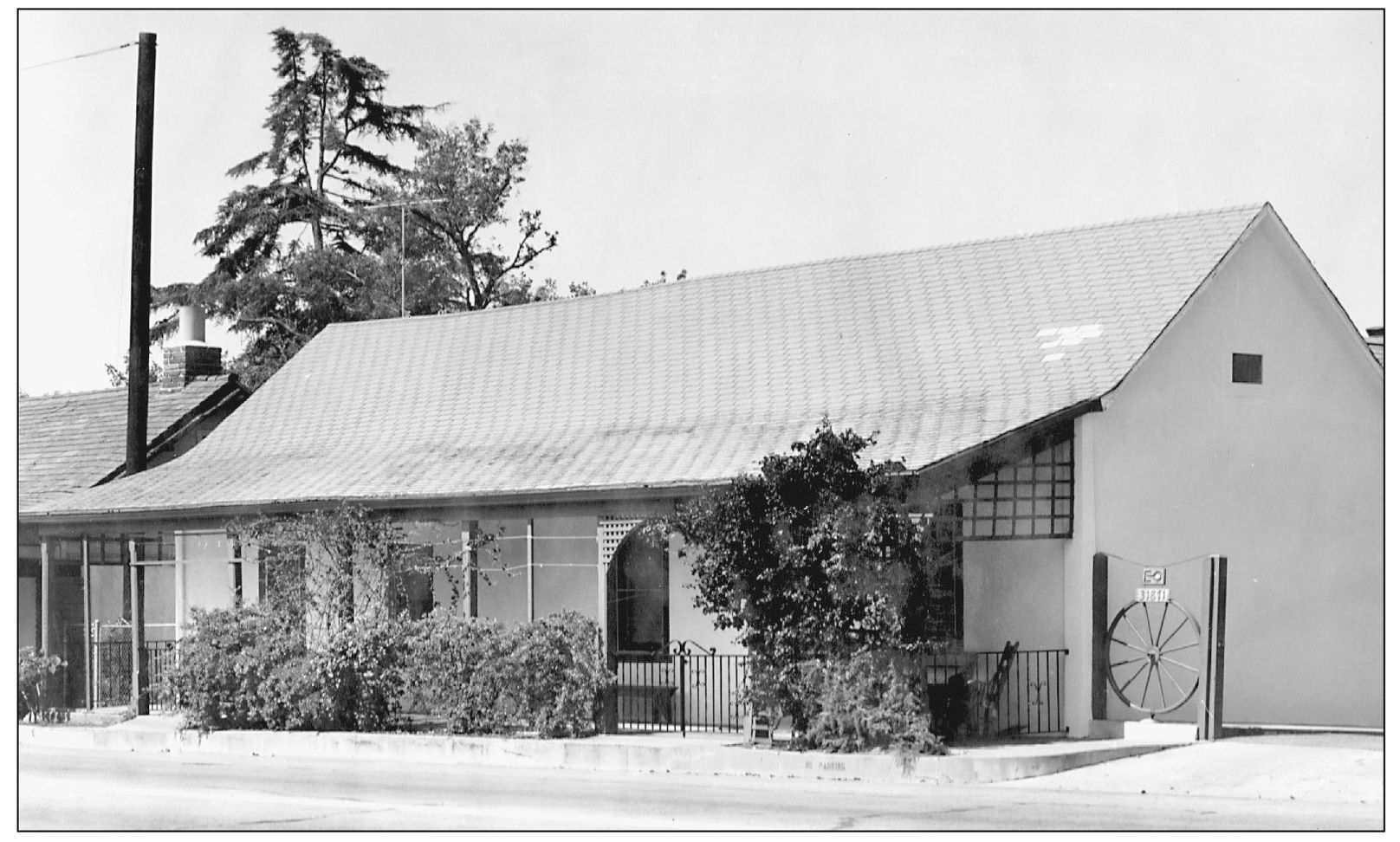
While the downtown streetscape has changed over the years, one of the buildings that remains unchanged is the Domingo Yorba Adobe, located between the El Adobe Restaurant and the two-story Garcia Adobe on Camino Capistrano. Built in the 1840s, perhaps over older ruins, the building is owned today by the Oyharzabal family, who purchased it in 1880 and have continuously occupied it.
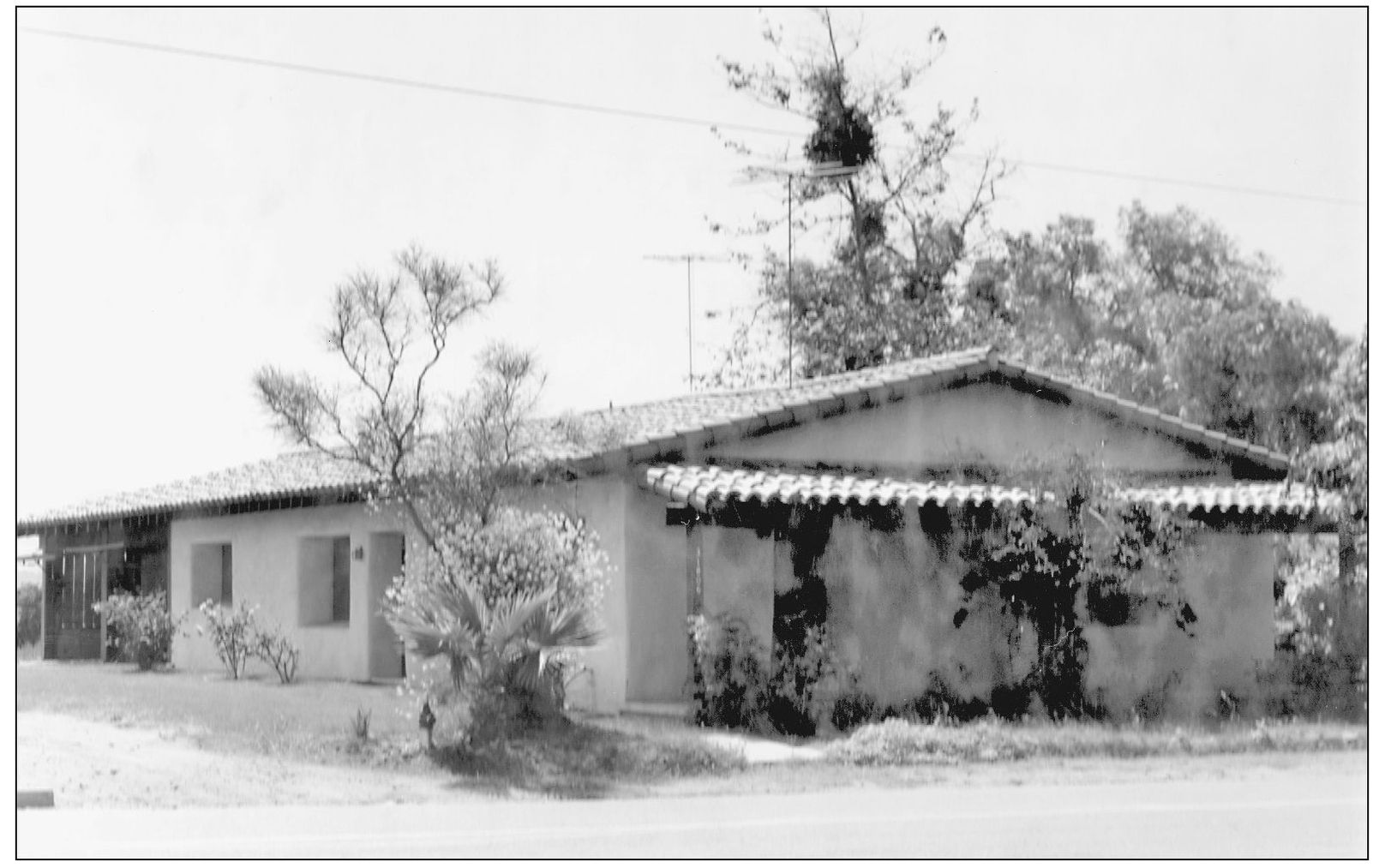
The Blas Aguilar Adobe, on El Camino Real, is still standing and is owned by the city. It is today the home of the Blas Aguilar Adobe Museum, which features artifacts from the community. Its first occupant was believed to be Isidro Aguilar, the architect of the Great Stone Church who died in 1803, three years before its completion.

Mechelle Lawrence, administrator of the mission, introduces Richard O’Neill, who, with other members of his family, is a patron of many mission projects. In 2003, Fr. Art Holquin, pastor of the mission after Msgr. Martin, appointed Lawrence to succeed Gerald Miller as the executive administrator. She is the first woman appointed to the position. Tony Moiso is in the background.

Melitas Forster, longtime resident of the community, volunteers to gather donations for the band at one of the Heritage Barbecues. One of Juan Forster’s descendants, she operated several businesses in town including the famous Swallows’ Inn where revelers gather on Hoosegow Day, generally the Friday before the Fiesta de las Golondrinas. She is now retired.
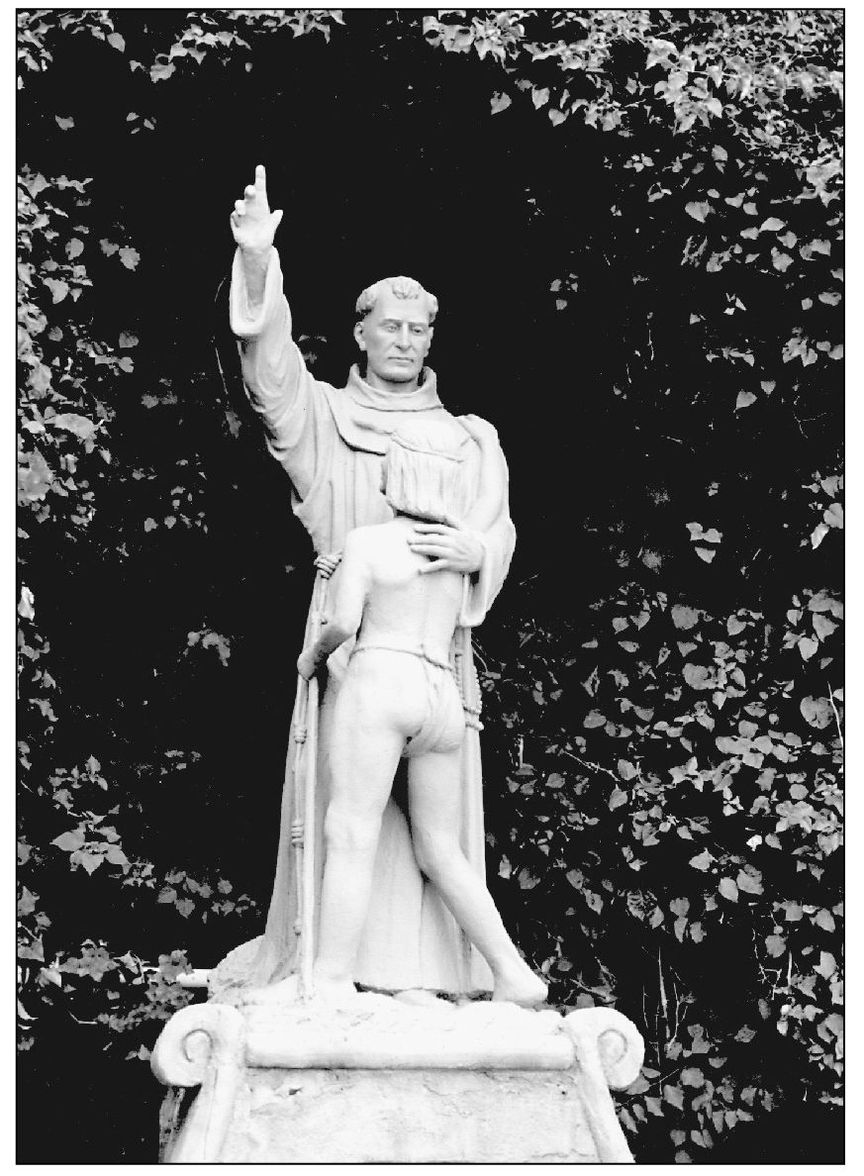
One of the focal points of any mission visit is the statue of Father Serra with a young Native American child. The statue was sculpted by John Van Rennselaer and placed in front of the mission on August 13, 1914. It was later moved to its current location near the campanile in the 1920s when the adobe wall enclosing the gardens was completed. A local boy, Clarence Mendelson, was used as the model for the boy.

Alicia Forster squishes grapes with a friend during a grape-stomping competition held by the historical society during one of their many events at the O’Neill Museum. Grapes were grown on the mission grounds from the earliest period, in an area west of the grounds. It is not known if any grapevines survive today as cuttings from these vines.
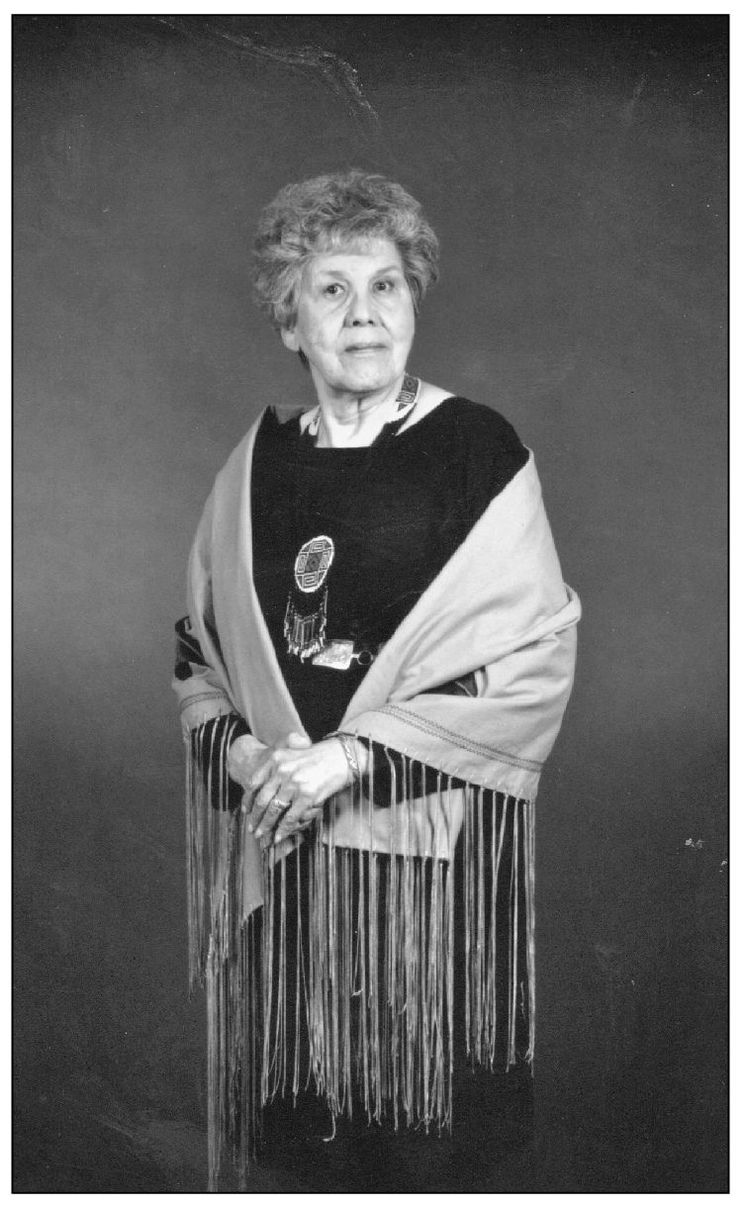
Helen McMullen is the current Matriarch of San Juan Capistrano. Her parents were Ralph Charles and Reyes Marie Manriquez, both Juaneno descendants. She served for many years as president of the Capistrano Indian Council and she retired from the postal service after a 30-year career. The Matriarch and Patriarch are selected from older residents who were born and raised in town. (Courtesy Sharon Kay.)

Julian Ramos is the current Patriarch of San Juan Capistrano. He was born in San Juan in 1923 and is descended on his mother’s side from a member of the Portola Expedition of 1769. He proudly served in both World War II and the Korean War in the U.S. Navy and is a member of Veteran’s of Foreign Wars Post 3801. He is the fourth patriarch selected since the program began in 1966. (Courtesy Sharon Kay.)

Betty Toth cleans up after one of the Heritage Barbecues. Dozens of volunteers donate their time to put on the event, which is annually held in September. In addition to this barbecue, the San Juan Capistrano Historical Society has informative programs, operates the O’Neill Museum, and maintains photograph archives with over 7,000 images.

David Swerdlin (left), a San Juan Capistrano City Council member, and Fr. Art Holquin, pastor of the mission, take time out to chat during one of the recent barbecues sponsored by the San Juan Capistrano Historical Society. City officials have long been supporters of preservation efforts sponsored by the society and the mission.

Tony Moiso, second from left, poses with the members of his family. He is the son of Alice O’Neill Avery, who, with her brother Richard O’Neill, inherited the remainder of Rancho Mission Viejo and Rancho Santa Margarita’s Orange County lands. It was through a grant of $60,000 that the Pryor House was restored and now bears the O’Neill family name. Today Tony Moiso heads the Rancho Mission Viejo Company, the development arm of the ranch, which is developing several planned communities east of San Juan Capistrano. One of the community’s most generous philanthropists, Moiso and his family members have continued to support many worthy preservation efforts sponsored by the historical society, the mission, and other entities.

The commandant’s home at Camp Pendleton in San Diego County is the original ranch house for Rancho Santa Margarita y los Flores. The ranch was purchased by the federal government just prior to World War II and houses the Marine Corps today. Each Christmas, the home is the destination of a tour sponsored by the San Juan Capistrano Historical Society. This shows the patio with the home in the background.

Molly Bogh (right) demonstrates her abilities on the fiddle with another member of the band at the 2004 Heritage Barbecue. The planning director for the city, Bogh was selected for the position and moved to the community earlier that year. Western music is always a hit at the barbecue, and local artists are sometimes called upon to demonstrate their talents.
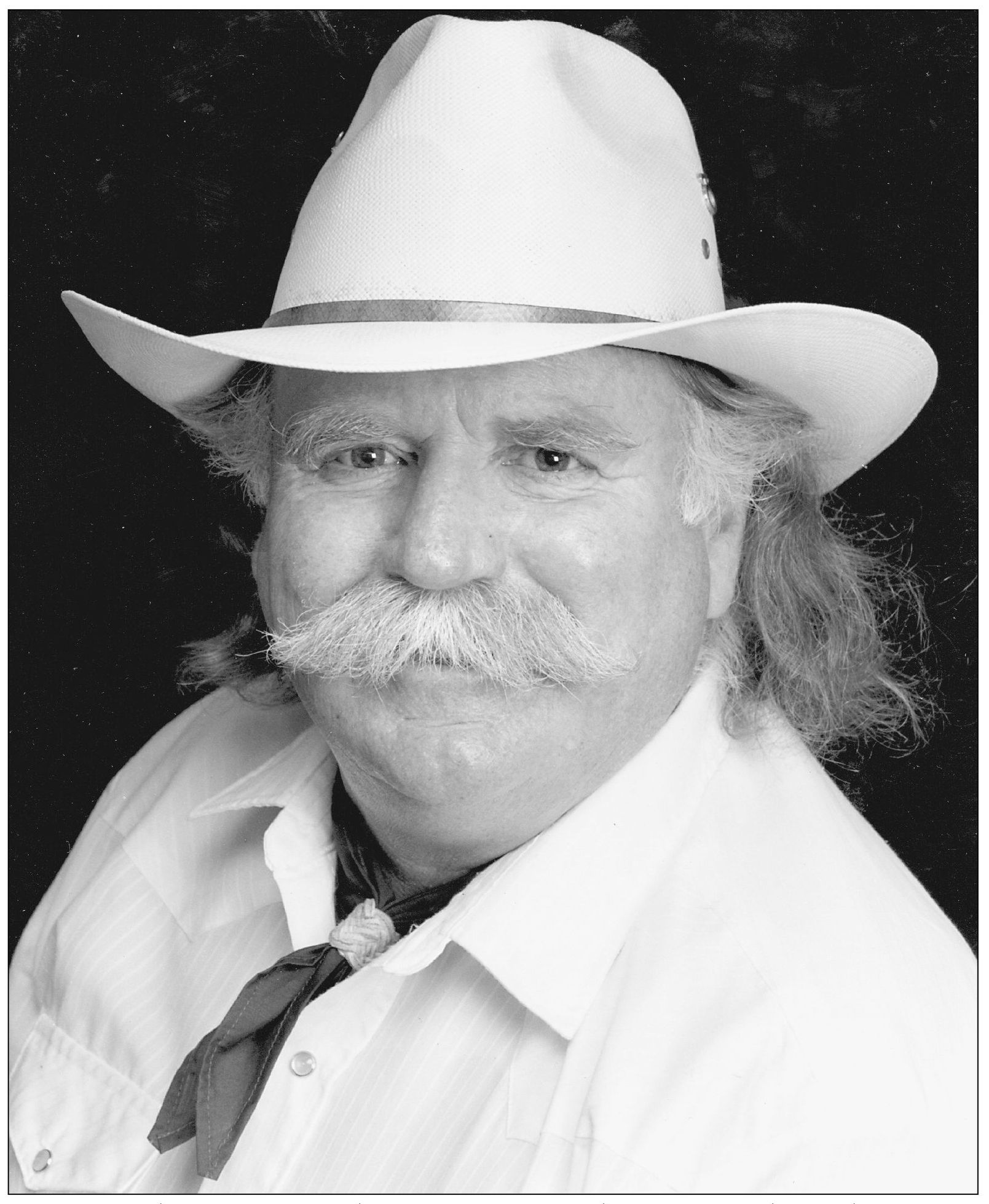
Tony Forster, the great-great-grandson of Juan Forster, is the current president of the San Juan Capistrano Historical Society, a position he has held for over 14 years. A moving force in the historical community, Forster has led efforts of the organization to preserve buildings, bring history into the schools, create a research library of early California volumes, and coax information, artifacts, and images from many longtime families in the community. A descendant of the Pico, Yorba, and Avila families as well, he is a true son of San Juan Capistrano. He served on the planning commission, as a city councilman, and as mayor, and is currently on the cultural heritage commission. He cofounded the Capistrano Valley Boys and Girls Club and serves as secretary of the Portola Riders. A West Point graduate, he is married and has four children. His current dream is a Los Rios Historic Center surrounding the existing O’Neill Museum and Silvas Adobe.